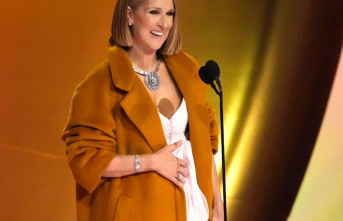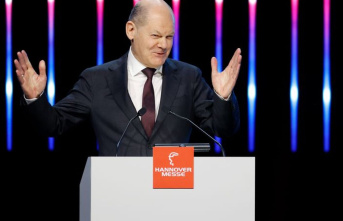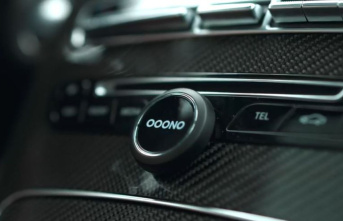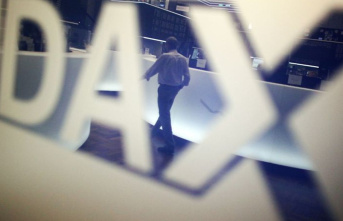Video games have become an integral part of many people's lives - regardless of whether they play on a PC, a console or a smartphone. However, game consoles in particular are the preferred alternative for many fans. A Nintendo Switch, PlayStation 5, Xbox Series X/S or one of the previous consoles is connected to the television sets in millions of German households.
The triumph of the game console began 50 years ago, with a device that many have never heard of: the Magnavox Odyssey. It was the first console intended for home use, similar to what we know today. The basic principle: Consumers buy an additional device that they can simply connect to the television in order to play on the TV set.
The first concept for the console was created in 1966, conceived by Ralph Baer (1922-2014), who was born in Pirmasens, Germany, and who fled to the USA with his family in 1938 because of his Jewish descent. The "father of video games," as Baer is sometimes called today, worked with Bill Harrison and Bill Rusch on several prototypes before presenting his "Brown Box" to electronics company Magnavox.
The manufacturer decided to market the device under the Magnavox Odyssey name and launched it in September 1972 in the USA. Consumers were able to purchase the first gaming console for around US$100, which, with inflation, would equate to a price of more than US$700 today. In Germany, the device appeared the following year for around 400 marks.
Consoles initially enjoyed growing popularity, but in 1983 the great video game crash happened in the USA. Several factors, including the flooding of the market with disparate systems and low-quality games, caused the industry to collapse.
However, Nintendo in particular was able to breathe new life into the market a little later when the Nintendo Entertainment System (NES) appeared in the United States in 1985. Numerous popular series celebrated their debut on the home television with the NES. For example, "Super Mario Bros.", "The Legend of Zelda" and "Metroid" were also released.
By then, game consoles had come a long way. Instead of just a few dots chasing across the screen, adventurous, colorful worlds opened up to the players. Many games still appear in "pixel graphics" today, reminiscent of games from 8-bit and 16-bit consoles such as the NES or the Super Nintendo Entertainment System (SNES) released in Europe in 1992.
Nintendo (Nintendo Switch) is currently one of the "big players" alongside Sony (PlayStation 5) and Microsoft (Xbox Series X/S), while Magnavox, which has belonged to Philips since the mid-1970s, has completely exited the game console market have withdrawn. The sales figures for the consoles show how much this has grown in the past few decades after the big crash.
According to a report by “Gameswirtschaft.de”, among other things, Sony sold 7 worldwide between November 2020 and March 2021 after the launch of the PlayStation 5 between November 2020 and March 2021 alone. 8 million copies shipped.
And the demand is still huge. The PS5 has been on the market for almost two years and not everyone who wants one of the coveted consoles still has one of the devices in their living room. Sony recently announced on the "PlayStation Blog" that the recommended retail price (RRP) for both variants of the console in Europe was increased by 50 euros to 449.99 euros ("Digital Edition") and 549.99 euros (with drive). becomes. At the same time, work is being done to improve the supply situation for the PlayStation 5. Due to global chip bottlenecks caused by the corona pandemic, fewer devices than probably desired have been delivered so far.
The game console that has been the best-selling in recent decades also comes from Sony. According to the "VGChartz" portal, a total of almost 159 million copies of the PlayStation 2 were shipped worldwide. This is followed by two handheld devices from Nintendo, the Nintendo DS (around 154 million) and the Game Boy (around 119 million). Microsoft is in ninth place in the list for the first time - with almost 86 million Xbox 360 consoles shipped. Recent surveys also show how many people like to gamble.
According to a representative survey by the Bitkom industry association, for which 1,175 people aged 16 and over were interviewed, 54 percent stated that they play video and computer games at least occasionally. That corresponds to more than 37 million people aged 16 and over in Germany. There is no difference between women and men.
And not only younger semesters are considered here. Because 54 percent of those surveyed between the ages of 50 and 64 said they used their smartphone, mouse or controller. For those aged 65 and over, it is still 18 percent. 83 percent of the participants play on their smartphones, 82 percent also on a home or handheld console, 72 percent on a laptop, 45 percent on a tablet and 36 percent on a desktop PC.












